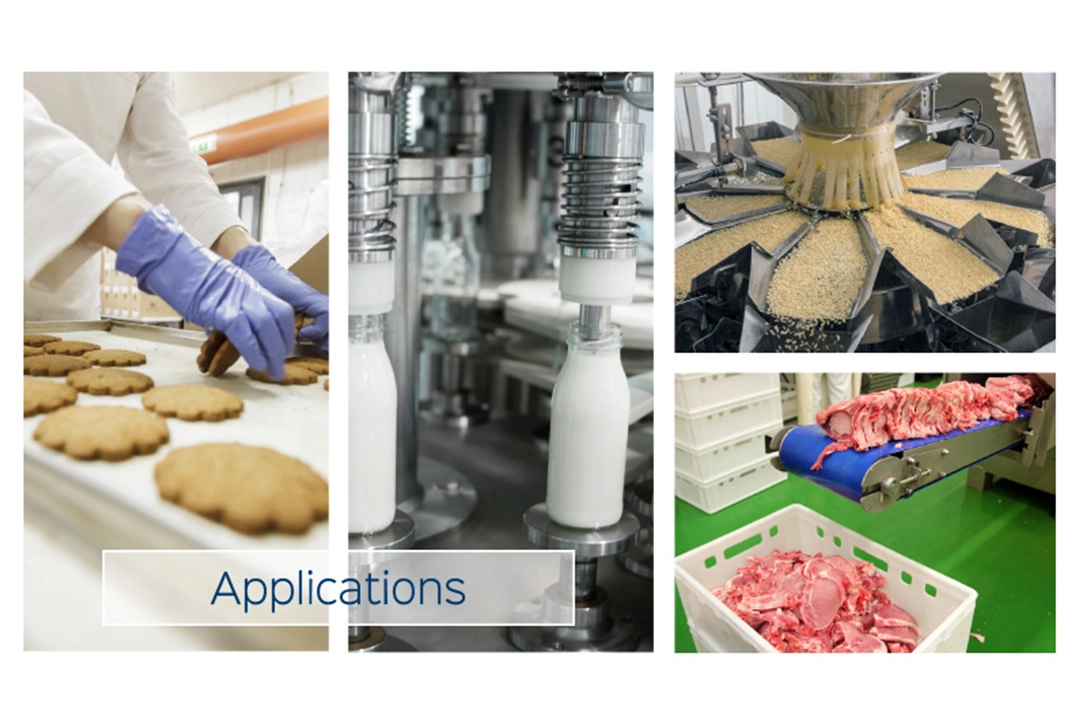The SaniCab P Series cabinet washer’s Rack and Transfer Cart Systems are designed to clean a variety of applications including weigh scale buckets, piston fillers, totes, elevator buckets and trays.
Brian Zietlow, a Sani-Matic project engineer with 16 years’ experience in rack design, tackles each specific application challenge with a solid understanding of what his customers need.
Brian spends a lot of time familiarizing himself with the customer’s specific application needs before starting any rack design. He explained how the component load list, component placement, spray direction, water pressure and how streams may deflect off items within the rack all impact the design.
“We work closely with our customers during a rack design project,” he said. “We know the machine and the customer knows what they need washed—together we make sure the items get cleaned. We also become acquainted with the plant layout and where the machine will end up in relation to the process, the wash cycle times they are seeking and the order they want components washed,” added Zietlow.
These insights into the customer’s operations give Brian and other Sani-Matic project engineers a big advantage in designing a rack that not only maximizes performance, but enables the customers to streamline their cleaning procedures.
“When you combine ergonomics, the customer’s manufacturing process, the various components, the volume of items to be washed and the types of soils, you are able to create a better solution.”
The collaborative nature of designing washer racks allows Sani-Matic to thoroughly understand the various applications that are suited to specific markets. Brian listed some of the most common applications for cleaning such as weigh scale buckets, elevator buckets, piston fillers, trays, totes and their corresponding markets:
| Weigh Scale Buckets | Rotary Fillers for Viscous and Whole Products | Slicers / Dicers | Elevator Buckets |
|---|---|---|---|
| Snack | Juice | Cheese | Pet Food |
| Cheese | Jelly | Protein | Snack |
| Yogurt | Salsa | Vegetables | |
| Frozen Vegetables | Tomato Paste | Confectionery | |
| Prepared Foods | Soup | ||
| Bakery | |||
| Protein | |||
| Confectionery |
Each of these applications demand specific solutions, according to Brian.
“Some processes involve more parts, so there are more cycles needed. Others may involve greater part variety in terms of shape, size and weight. And, of course, soil load and type play a large role in parts placement, increasing the complexity of rack design,” he said. “We even consider parts placement to make loading and unloading easier.”
“When we design for piston fillers, for example, we can usually get all of the components on one rack that fits into a SaniCab. So, within 15 to 30 minutes, we’re done with that cycle. But, in the case of elevator buckets, there are usually more of them and they are larger, so we end up needing more cycles to clean the entire load. Customers sometimes choose a multiple-bay SaniCab to expedite the cleaning process as an alternative to multiple cycles.”
Providing Cleaning Solutions Beyond Equipment
Providing cleaning solutions before even considering the rack design is also an important part of what Sani-Matic brings to a relationship. One Sani-Matic sales representative, shared an example of a customer that manually cleaned 1,500 totes each day.
“The customer had an independent contractor manually clean the totes at night. We recommended they could reduce labor costs and the number of totes they needed to own by cleaning them throughout the day rather than saving them to be cleaned all at once at night,” he said. “By incorporating the SaniCab into their process, they were able to process the totes throughout the day without interfering with operations. They saved on totes, labor and water usage. So, we helped them identify ways to improve their process beyond the cleaning system.”
For more information about efficient cleaning solutions for a variety of applications: weigh scale buckets, elevator buckets, totes, trays, piston fillers and more, visit our SaniCab P page.


